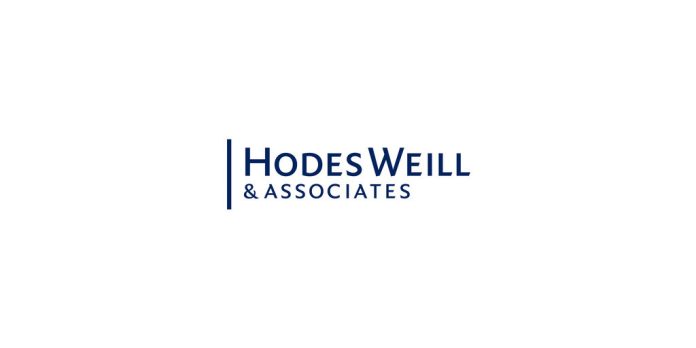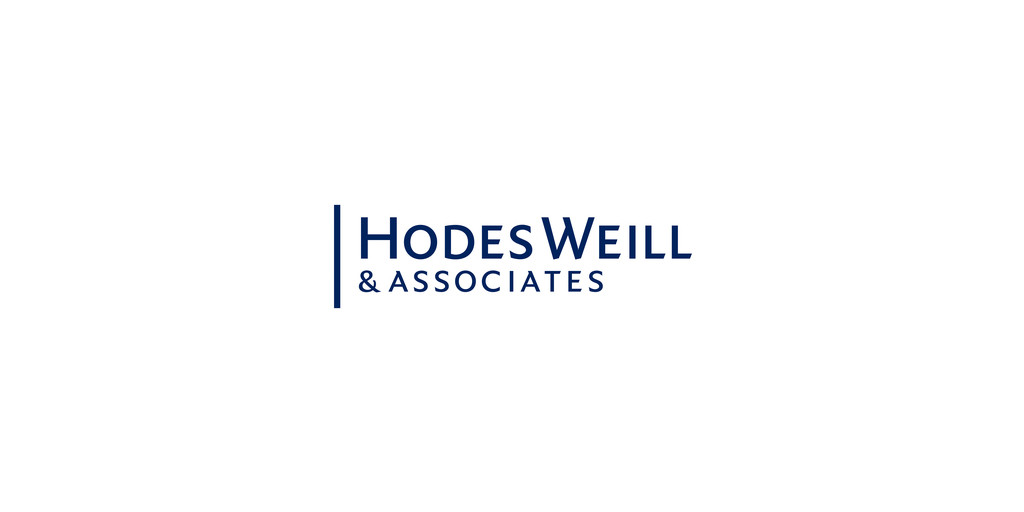Institutions are under-invested by an average of 98 basis points as compared to target allocations, which should accelerate the pace of sector investments over the next several years
The Americas region is furthest behind, currently 152 basis points under-invested with expectations to raise targets in 2024
Three-year average returns across institutions stood at 10.7%, exceeding target return levels by 141 basis points
Interest rates and market volatility were cited as top concerns for infrastructure investing
Infrastructure opportunities in North America are expected to lead allocations, driven by the Inflation Reduction Act of 2022
Energy transition is a core focus, with 40% of respondents indicating they expected to increase allocations to renewable energy and storage
NEW YORK–(BUSINESS WIRE)–While institutions have become increasingly cautious over the past several quarters in the face of heightened market volatility and denominator effect concerns, sentiment towards private infrastructure remains relatively strong and institutions are still trailing their infrastructure target allocations, according to the inaugural Institutional Infrastructure Allocations Monitor released today by Hodes Weill & Associates and Cornell University’s Program in Infrastructure Policy. On average, global institutions are under-allocated to the asset class by 98 basis points relative to their targets, supporting expectations of increased capital flows into the sector.
Overall, 60% of respondents are under-allocated to infrastructure, with Americas-based institutions the furthest behind at an average of 152 basis points below targets. They are followed by institutions in the EMEA and APAC regions, at 82 basis points and 42 basis points under-invested, respectively. Even considering sizeable infrastructure programs such as the Inflation Reduction Act (IRA) and the Infrastructure Investment and Jobs Act (IIJA) that were signed into law in the U.S., governments across the globe remain limited in their ability to close what has been an increasingly widening infrastructure investment gap. Consequently, there is a growing opportunity for private sector involvement that aligns well with the under-allocation of institutions globally.
To download the full report, please visit: www.hodesweill.com/research.
The 10.7% three-year average return across all institutions exceeded target return levels of 9.3%, reflecting both the critical nature and resiliency of infrastructure in what has been a turbulent period that has been complicated by COVID-19, rising inflation and interest rates, heightened geopolitical tensions, and supply chain pressures. When looking year-over-year, infrastructure portfolios generated an average investment return of 14.4% in 2022, representing a significant rebound from performance in 2021 of 6.9%.
Key to many investors’ desires to add resiliency to their portfolios is their ability to gain exposure to higher-returning infrastructure strategies within their private markets allocation, providing similar returns to other alternatives with less correlation to short-term market volatility. As such, institutions are gravitating towards higher-risk core-plus and value-add infrastructure strategies, while a rising interest rate environment has posed a challenge to the relative attractiveness of super-core and core strategies and driven an expected decrease in investments to these strategies for the foreseeable future.
Mark Rudovic, Principal and Head of Real Assets at Hodes Weill, said, “Despite systematic risk in the form of the denominator effect plaguing private markets allocations over the last 12 months or so, sentiment towards infrastructure amongst allocators remains positive given the resiliency of performance through a rising interest rate environment, heightened geopolitical tensions, high inflation, and global supply chain challenges impacting all verticals of infrastructure. Infrastructure remains a particularly favored asset class for institutional investors, and the inflationary risks affecting other asset classes drive capital to infrastructure as a safe-haven, as asset owners are often able to pass through rising costs, demonstrating resilience in the face of a slowing economy.”
When evaluating performance based on size of institution, there was a marginal difference in the three-year average return, demonstrating the role infrastructure can play as a portfolio stabilizer for institutional investors of all sizes. This return performance could also explain why 43% of institutions expect to increase their target allocations to infrastructure over the next 12 months. However, it’s important to note that infrastructure is a relatively nascent sector for institutional investment especially in the United States, with some institutions just now setting formal allocation targets to the asset class. With this in mind, the expected increase in target allocations could be a conservative data point, especially if performance within the asset class continues to hold up throughout 2023.
When asked to which regions investors expect to allocate capital for infrastructure investments, roughly 34% expect to grow allocations to North America, followed by Europe at approximately 21%. Expected growth in North America could largely be driven by the Inflation Reduction Act of 2022, a first-of-its-kind legislation and the single largest investment in climate and energy in U.S. history. Interest in North America is strongest from EMEA investors, where approximately 44% of respondents indicated a desire to invest more capital in the region.
Of the subsectors within the asset class, institutions indicated that they have the greatest appetite for digital infrastructure, and the proliferation of cloud-computing, enterprise modernization, advancements in AI applications and mobile apps has underscored an accelerating need for expanded digital infrastructure globally. Despite this rising appetite and need, digital infrastructure represented just 8% of the capital raised by sector-specific funds in 2022. One potential explanation for the discrepancy could be the lack of historical exposure to the asset class as compared to other sectors. The lack of investment through sector-specific funds could also be an indication that investors are comfortable accessing digital infrastructure exposure through diversified strategies.
Renewable energy and new energy transition infrastructure are also top destinations for institutional capital, with 40% of respondents indicating intentions to increase energy related allocations to renewable energy and storage, which were responsible for 55% of the $40 billion raised for sector-specific infrastructure in 2022. This indicates a preference for specific funds given the critical need for domain expertise in the renewable space. A similar number of institutions surveyed – 39% – reported an intention to increase investments in new energy transition, which includes green hydrogen and carbon capture, among other asset types. Conversely, roughly 76% of those surveyed noted they are either not investing or investing less capital in oil and gas, though institutions in the Americas predicted a modest 7% increase in investment to the asset type.
Dr. Rick Geddes, Founder and Director of Cornell University’s Program in Infrastructure Policy, said, “Broadly speaking, the results of the Inaugural Infrastructure Allocations Monitor from Hodes Weill and the Cornell Program in Infrastructure Policy indicate that institutions have a growing preference for nascent but stable markets with significant expansion potential. The finding that North America is far behind in terms of under-investment suggests that institutions are looking for markets with well-developed contract enforcement, much room to grow, as well as established managers. That is consistent with the investment need in those markets, where aging infrastructure suffering from years of deferred maintenance stands to benefit from large infusions of fresh public spending.”
63 institutions from 16 countries participated in the inaugural survey, representing aggregate AUM exceeding US$6.8 trillion and portfolio investments in infrastructure totaling approximately US$325 billion.
About Hodes Weill
Hodes Weill & Associates is a leading, global capital advisory firm focused on real estate, infrastructure and other real assets. The firm has offices in New York, Denver, Hong Kong, London and Amsterdam. Founded in 2009, Hodes Weill provides institutional capital raising for funds, transactions, co-investments and separate accounts; M&A, strategic and restructuring advisory services; and fairness and valuation analyses. Clients include investment and fund managers, institutional investors, lenders, and public and private owners of assets and portfolio companies. For more information, please contact or visit www.hodesweill.com
*All U.S. regulated capital market and securities advisory services are provided by Hodes Weill Securities, LLC, a registered broker-dealer with the SEC, and a member of FINRA and SIPC, and internationally, by non-U.S. Hodes Weill affiliates.
About Cornell University’s Program in Infrastructure Policy
The Cornell Program in Infrastructure Policy (CPIP) in the Cornell Jeb E. Brooks School of Public Policy is focused on improving the delivery, maintenance, and operation of physical infrastructure. This is accomplished through dedicated teaching, research, and outreach efforts in infrastructure policy. A key focus is on infrastructure funding and financing. CPIP coordinates scholars across multiple disciplines both inside and outside of Cornell University who share an interest in public policies impacting infrastructure. CPIP develops and disseminates research relevant to those policies. CPIP collaborates with partners in the public, private, and non-profit sectors to achieve those goals.
Disclaimer
For informational purposes only. This is not a solicitation to buy or sell any securities or securities products. Please refer to the full report for important disclaimers. The full report can be found at www.hodesweill.com/research
Contacts
ICR on behalf of Hodes Weill
Jason Chudoba, 646-277-1249 | Jason.Chudoba@icrinc.com
Megan Kivlehan, 646-677-1807 | Megan.Kivlehan@icrinc.com







